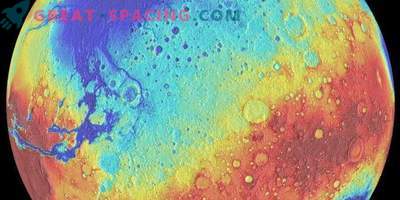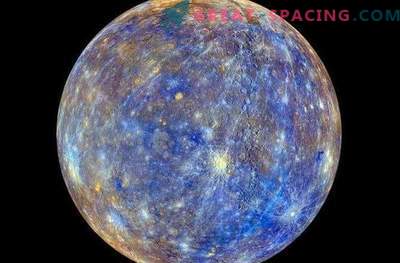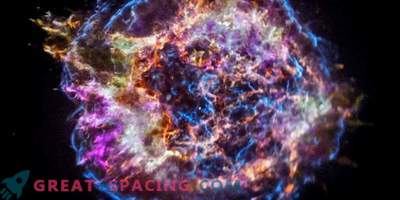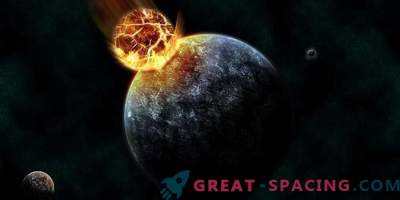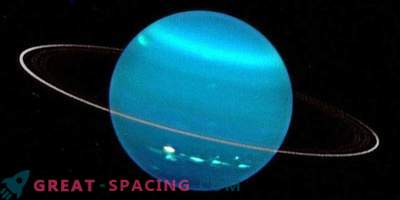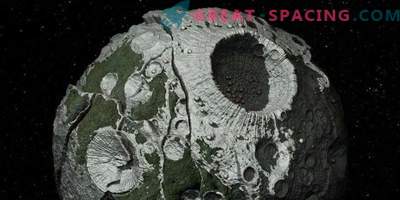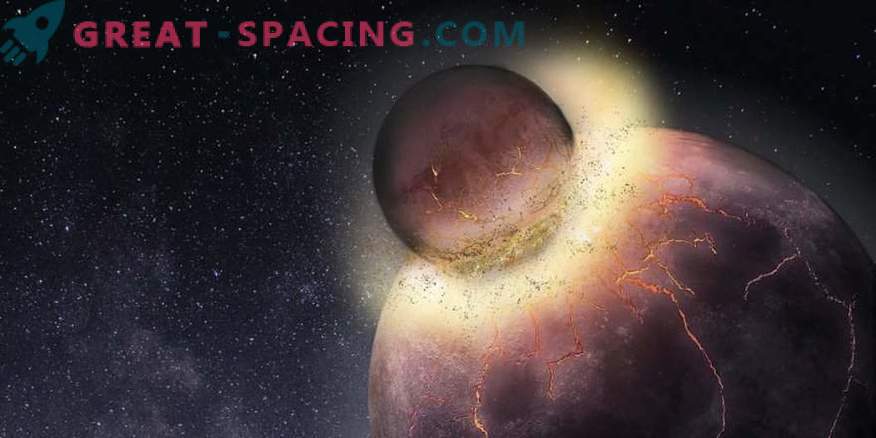
A new theory suggests that the Earth could get the elements necessary for the formation of life after a massive collision with a planet of Martian size.
The new study found that the ancient collision that formed the moon could also bring all the components necessary for life. More than 4.4 billion years ago, a Martian-sized body crashed into a primitive Earth, creating our satellite, which entered a stable orbit around the planet.
However, scientists believe that this event could have a much greater impact than previously thought. An article of January 23 indicates that a collision could fill the planet with carbon, nitrogen and sulfur, necessary for the origin of life. At that time, the Earth resembled today's Mars. She had a core and a mantle, but the rest was poor in volatile elements.
Elements outside the nuclear parts of the planet can be mixed with each other, but never in contact with the elements of the core. Although there were several volatile substances in the latter, they did not have the opportunity to break through to the outer layers of the planet. Then a collision occurred. One theory says that special types of meteorites (carbonaceous chondrites) crashed into the Earth and provided the volatile silicate planet with voluminous substances. The idea is based on the fact that the ratio of elements converge with those found in meteorites. That is, the source of the elements should be meteorites.
But there is a problem: the ratio of carbon and nitrogen is not taken into account. About 20 parts of carbon per one part of nitrogen are present in meteorites, and 40 parts of carbon per part of nitrogen are present in terrestrial material.
Ancient Collision
Therefore, the researchers decided to test another theory: what if our planet had lunch for a major stranger? The earth could face many planetary types. One of them is able to give the necessary proportion of elements. If a collision occurred, then the two planetary cores merged with the mantles. Scientists decided to design a theoretical absorbed planet.
To do this, the laboratory created high-temperature conditions of high pressure, under which the core of the planet could appear. In capsules made of graphite (carbon form), they combined metal powder (core) with different proportions of silicate powder (a mixture of silicon and oxygen — a mantle). By varying the temperature, pressure and proportions of sulfur in the experiments, the team derived scenarios of how the elements could be divided between the core and the rest of the hypothetical planet. It turned out that carbon is much less inclined to bind with iron at high concentrations of nitrogen and sulfur. But nitrogen is in contact with iron, even with a large amount of sulfur.
The data was then used in a simulation to test how various volatile elements behave. After more than a billion simulations, they found that the most plausible scenario involves the collision of the Earth with a Martian-sized planet, which included 25-30% of sulfur in the core. The theory has yet to be tested, but it has great potential.

